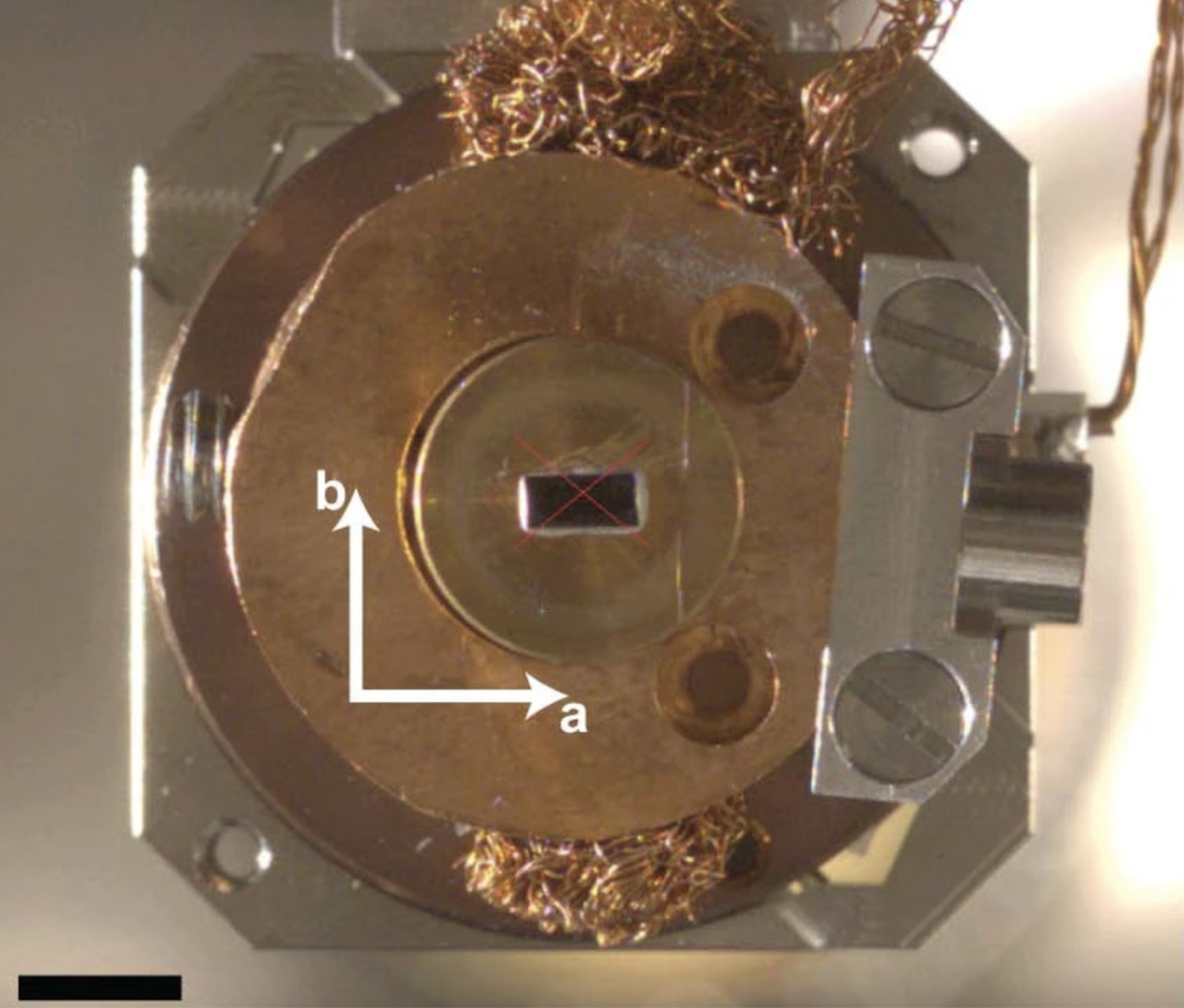The Hindu’s weekly Science for All newsletter explains all things Science, without the jargon.
(This article forms a part of the Science for All newsletter that takes the jargon out of science and puts the fun in! Subscribe now!)
Geometry is full of familiar shapes like triangles, parallelograms, cylinders, etc. It’s possible for some of these shapes to cover a surface such that they leave no gaps between them — like how square tiles in your house cover the floor completely. In mathematics this activity is called tilling. The shapes most commonly used as tiles have distinct corners and straight edges.
Now, scientists have found a new kind of cell that doesn’t follow these shape rules. Each of these “soft cells” has two pointed corners in a 2D shape and none in a 3D version, plus rounded edges.
The scientists described their findings in the journal PNAS Nexus on September 10. They found the soft cells were able to completely tile a surface in two dimensions, and in a way that the team characterised as organic. Many natural structures like muscle cells, zebra stripes, and the layers of onion bulbs are covered in 2D tiles. These natural systems display a biological preference for curved, smooth-edged shapes.
The soft cells also offer a new tiling paradigm that stands apart from classical geometric forms in mathematics. In this scheme a key challenge to understanding soft cells is their relationship with curvature. A ‘classical’ shape such as a square has “positive curvature” at its vertices, whereas soft cells have a form of “distributed curvature”: instead of sharp deviations at specific points, the curvature is spread smoothly along their edges. Mathematically, this distribution minimises the number of high-curvature points — i.e. corners — while still allowing the shape to tile a space.
Soft cells become more fascinating in 3D. Examples of classical 3D tiles — or space-fillers — are cubes or tetrahedra, which have sharp corners and flat faces. The researchers found they could make 3D soft cells by softening the edges and eliminating sharp corners completely. In this process, the cells acquire a smooth, curved form that seamlessly fills a 3D volume without the need for angled protrusions.
The researchers said they were inspired by natural examples like the nautilus shell. The chambers inside these shells lack sharp corners in 3D — and when they’re sliced open, they reveal a 2D soft-cell tiling. This relationship between 2D and 3D forms illustrates how soft cells could be involved in both biological tissue formation and processes like tip growth.
The mathematics of soft cells also suggests nature prefers to minimise sharp corners for structural reasons and functional efficiency. This shift in geometric understanding paves the way for new insights into why certain biological and natural patterns emerge while others don’t, and offer researchers a novel mathematical framework to explore these questions.
Indeed, the discovery of soft cells opens new avenues of mathematical study as well as has significant implications for biology, architecture, and materials science.
From the Science pages
Question Corner
Flora and fauna
Published – September 25, 2024 06:20 pm IST












